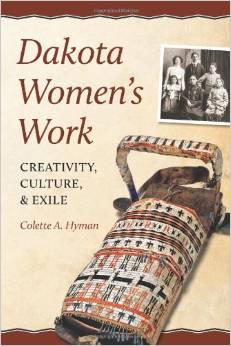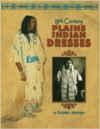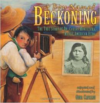Description
A tiny pair of beaded deerskin moccasins| given to a baby in 1913| provides the starting point for this thoughtful examination of the work of Dakota women. Mary Eastman Faribault| born in Minnesota| made them almost four decades after the U.S.-Dakota War of 1862. This and other ornately decorated objects created by Dakota women–cradleboards| clothing| animal skin containers–served more than a utilitarian function. They tell the story of colonization| genocide| and survival.
Author Colette Hyman traces the changes in the lives of Dakota women| starting before the arrival of whites and covering the fur trade| the years of treaties and shrinking lands| the brutal time of removal| starvation| and shattered families after 1862–and then the transition to reservation life| when missionaries and government agents worked to turn the Dakota into Christian farmers. The decorative work of Dakota women reflected all of this: native organic dyes and quillwork gave way to beading and needlework| items traditionally decorated for family gifts were produced to sell to tourists and white collectors| work on cradleboards and animal skin bags shifted to the ornamenting of hymnals and the creation of star quilts.
Through it all| the work of Dakota women proclaims and retains Dakota identity: it is a testament to the endurance of Dakota traditions| to the survival of the Dakota in exile| and–most vividly–to the role of women in that survival.
Colette A. Hyman teaches history and women’s studies at Winona State University. She is the author of Staging Strikes: Workers’ Theatre and the American Labor Movement.






Reviews
There are no reviews yet.